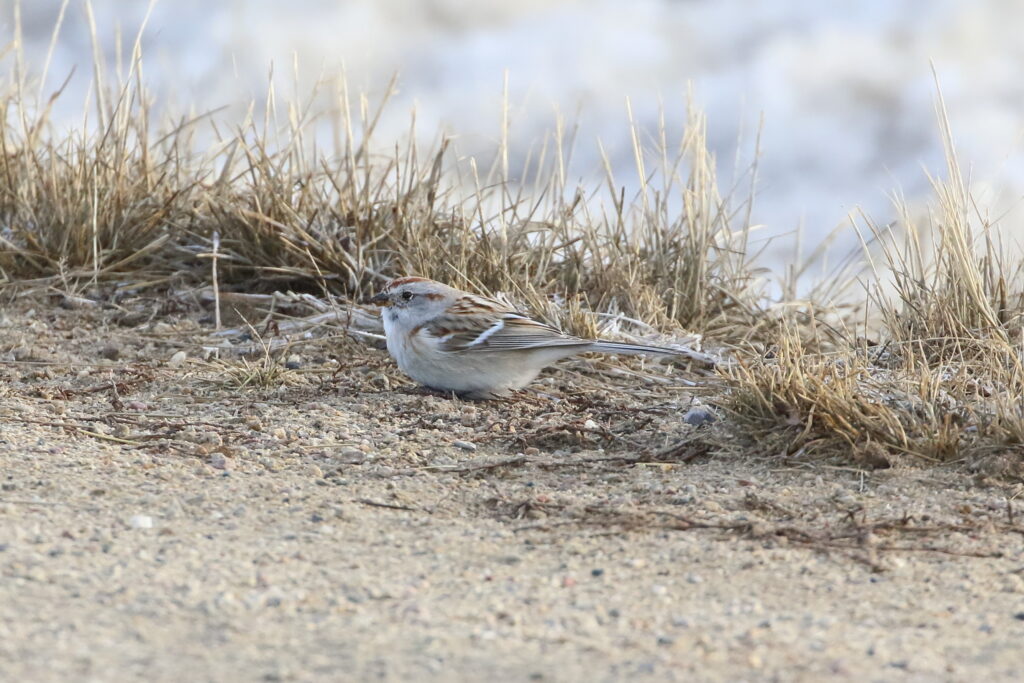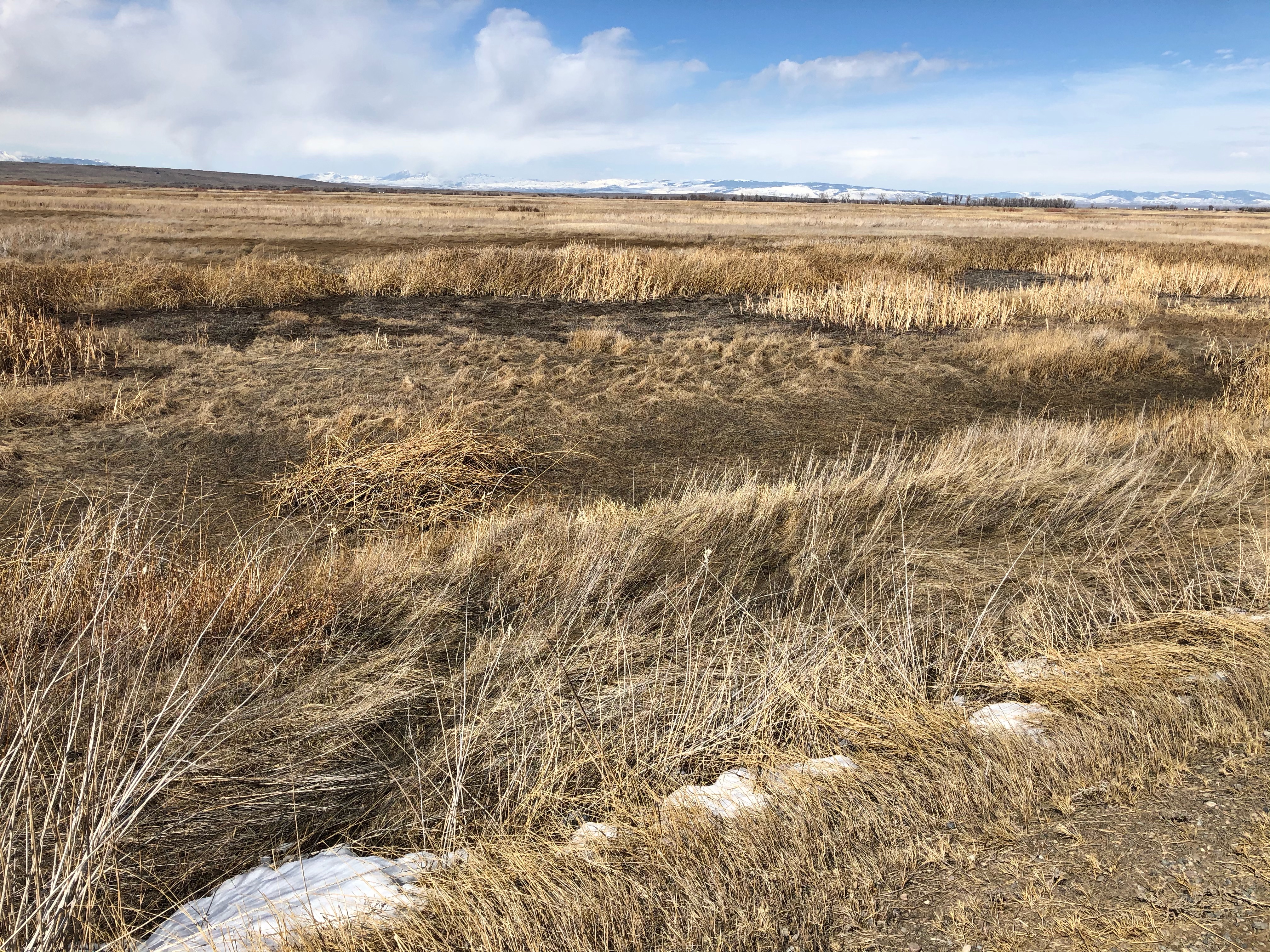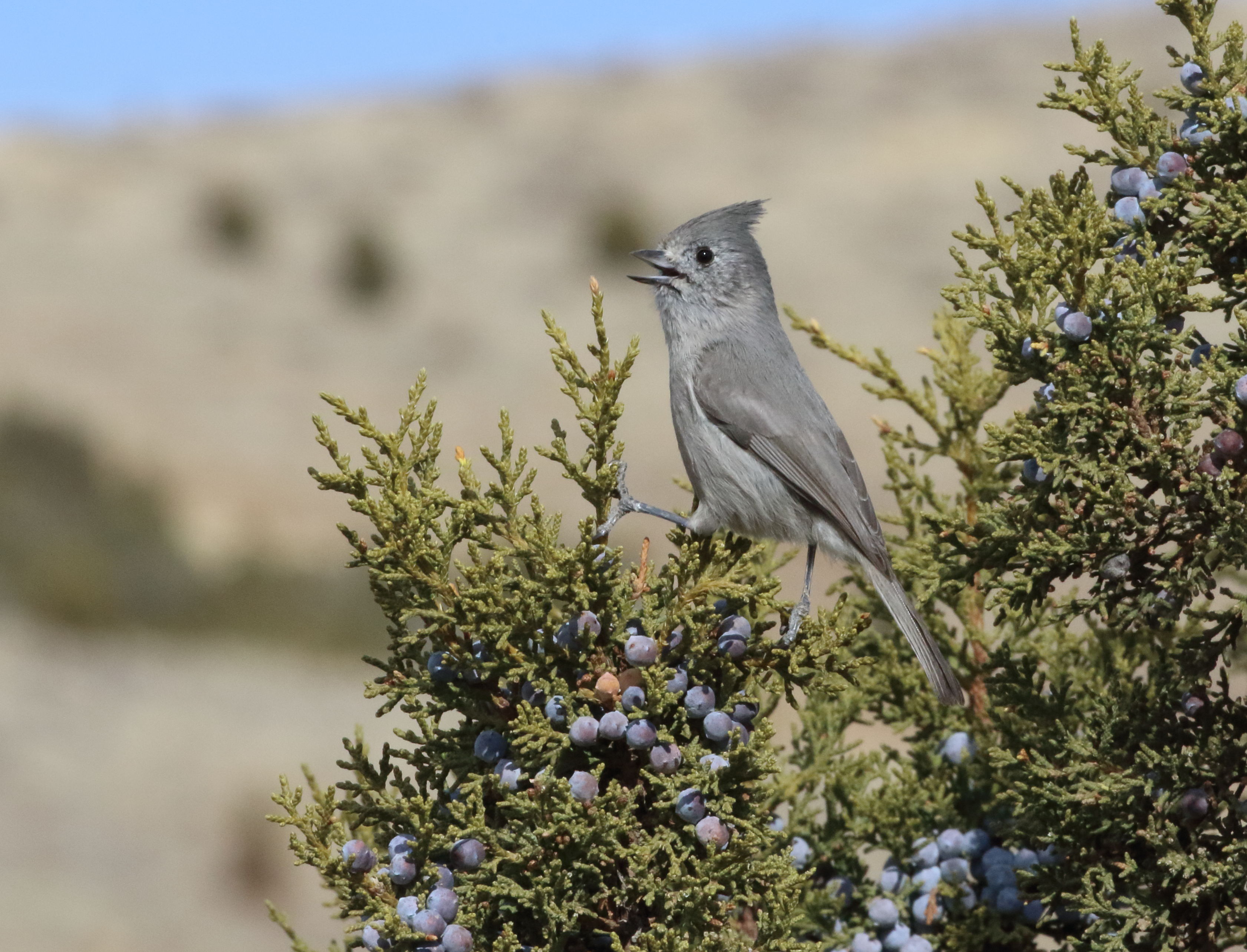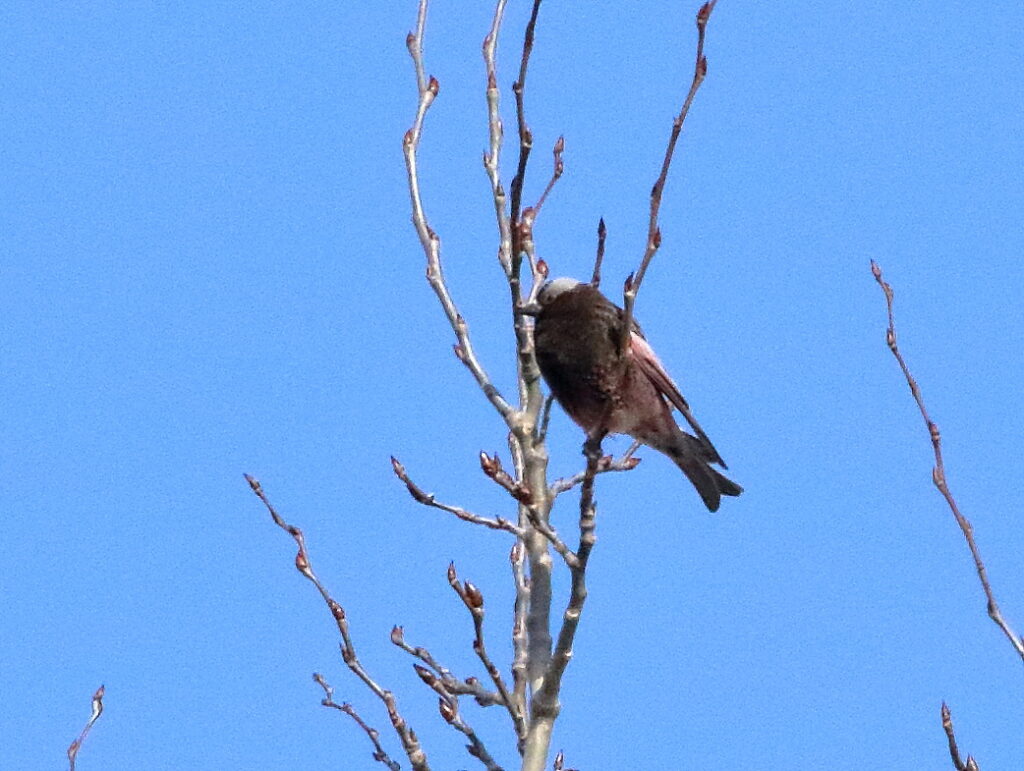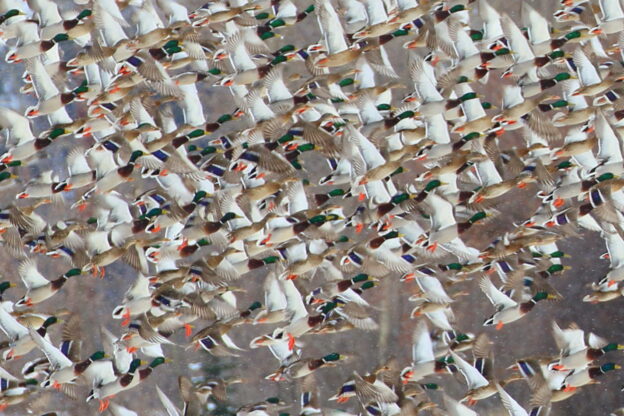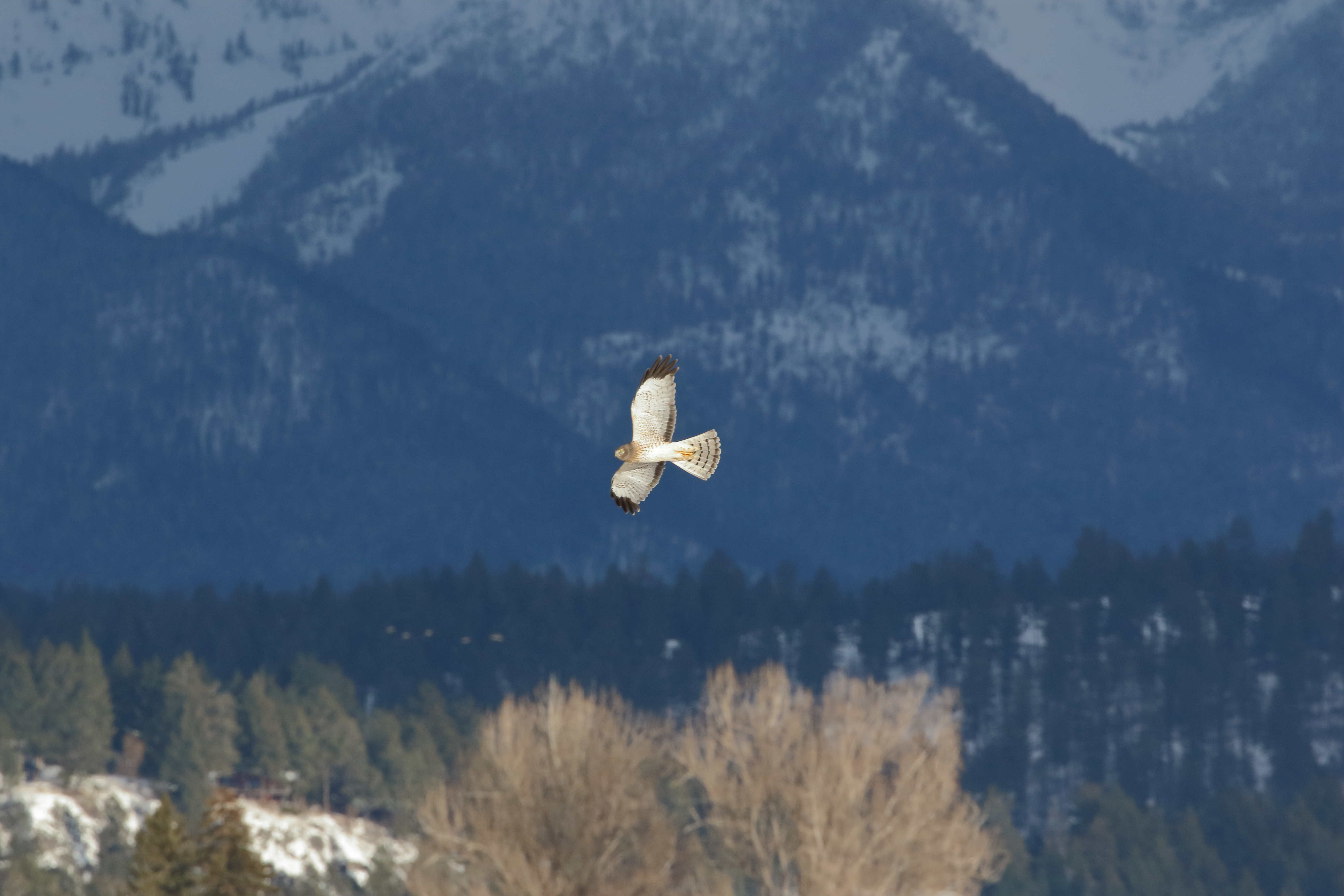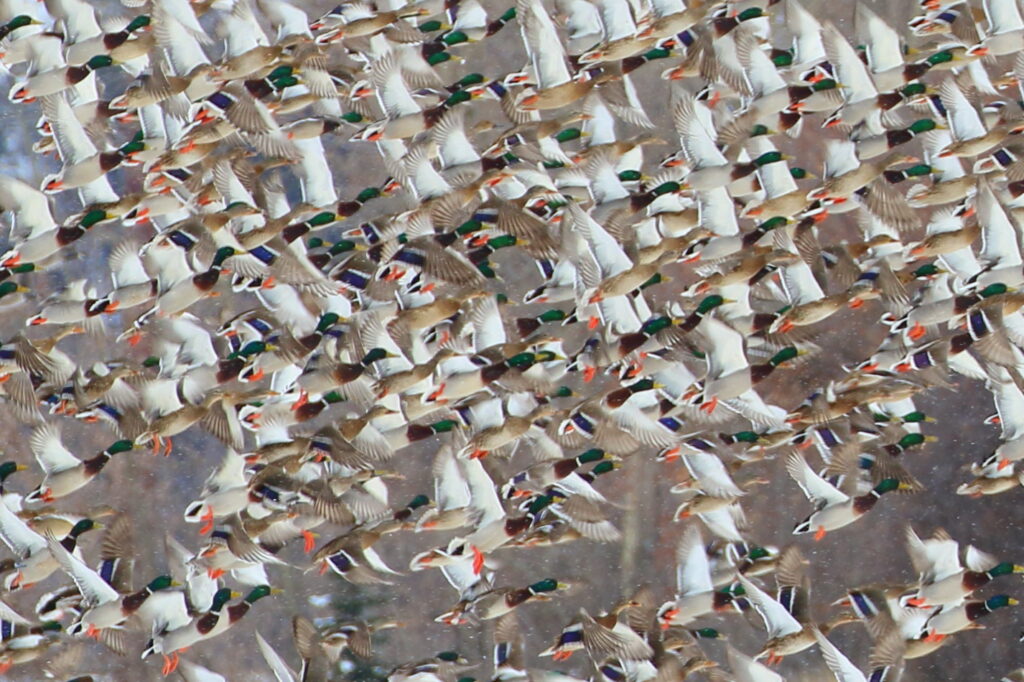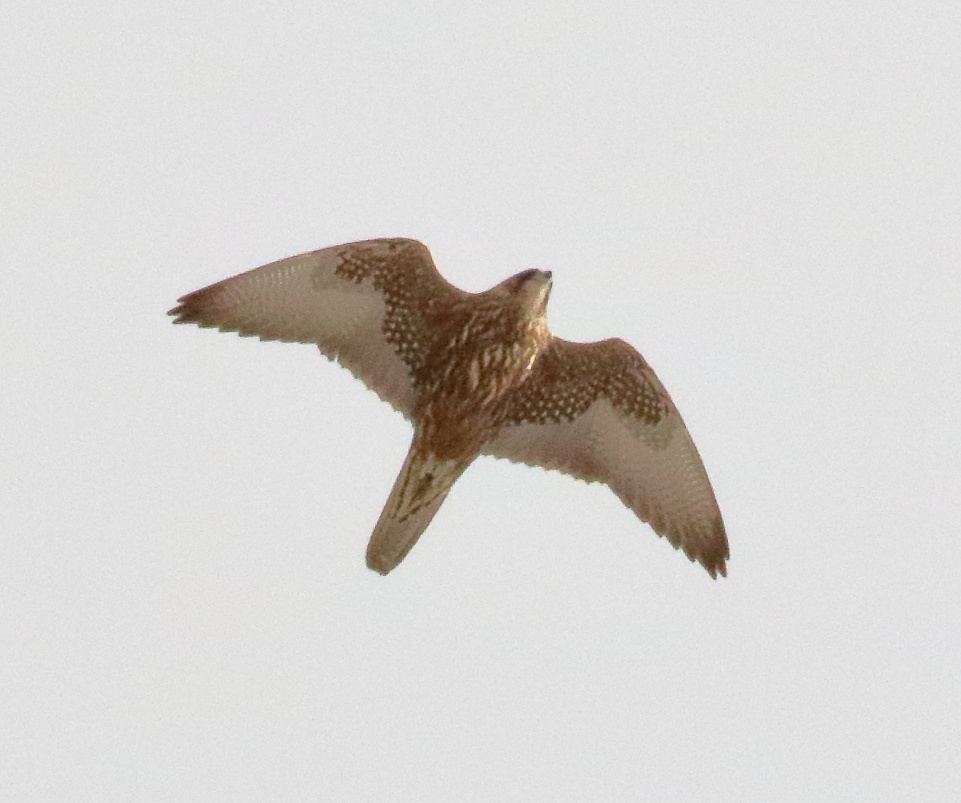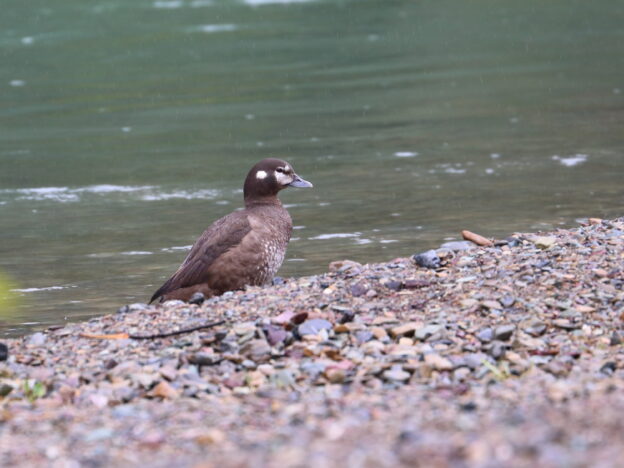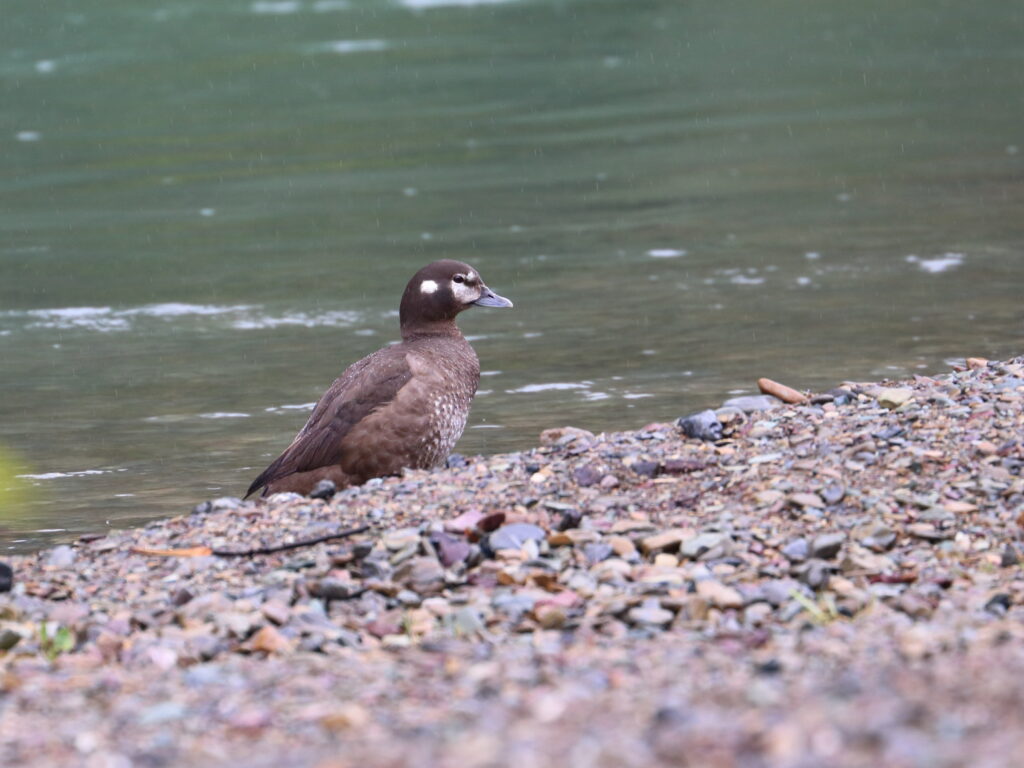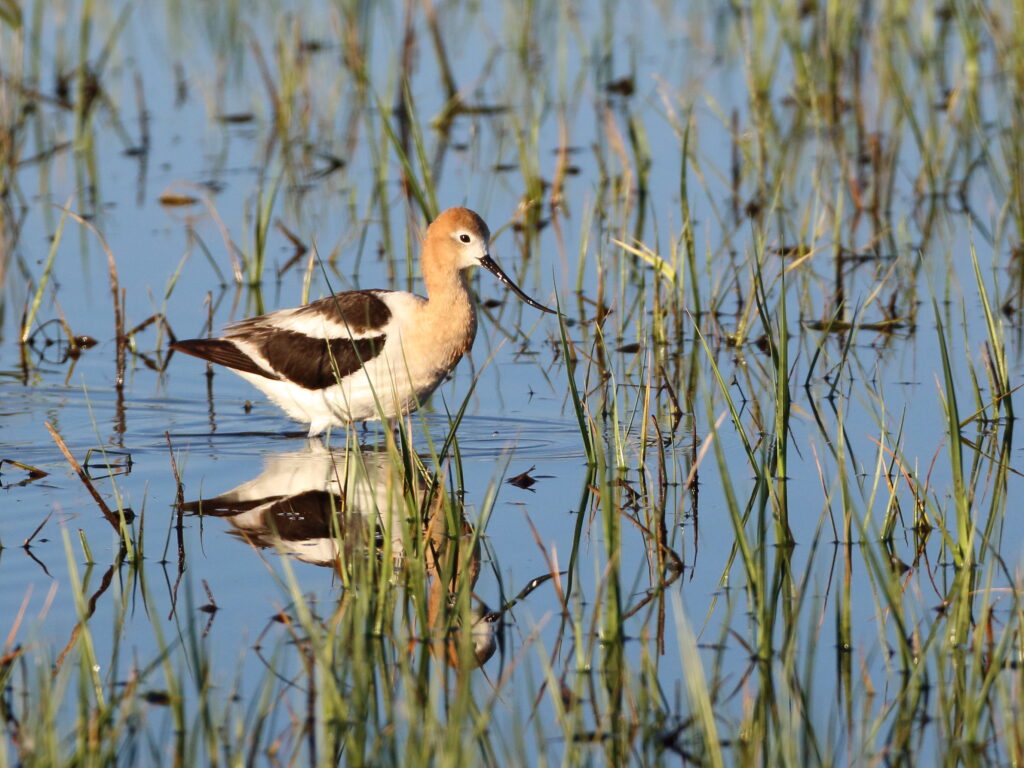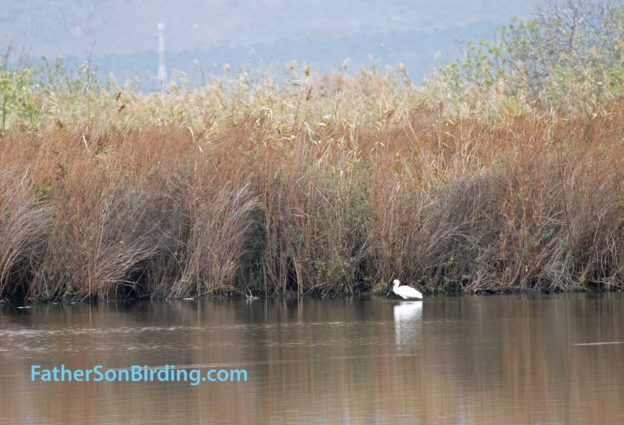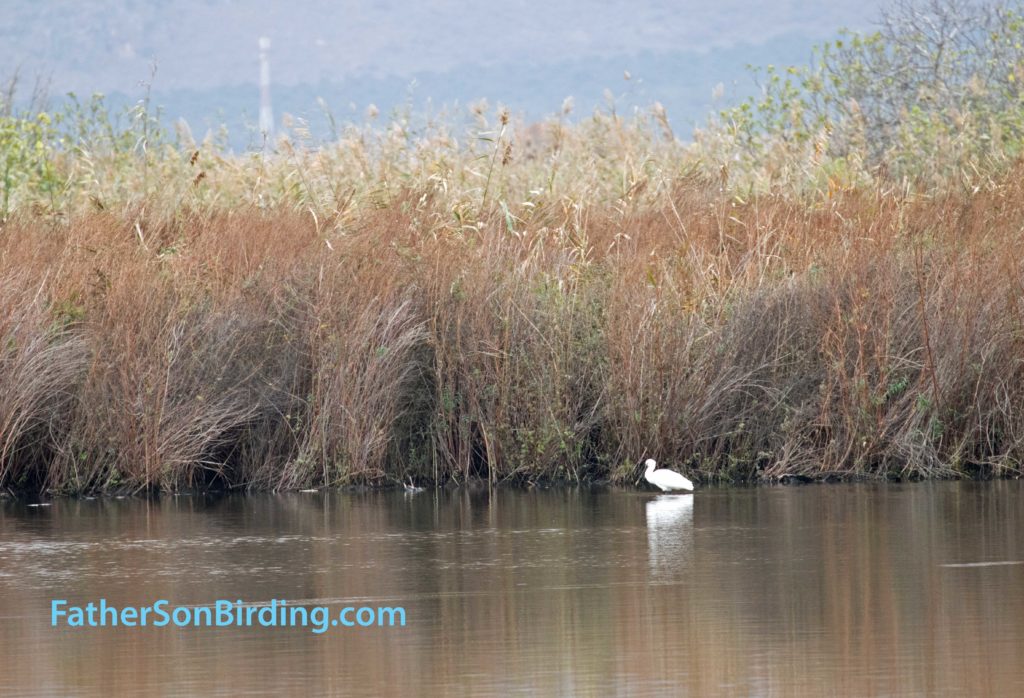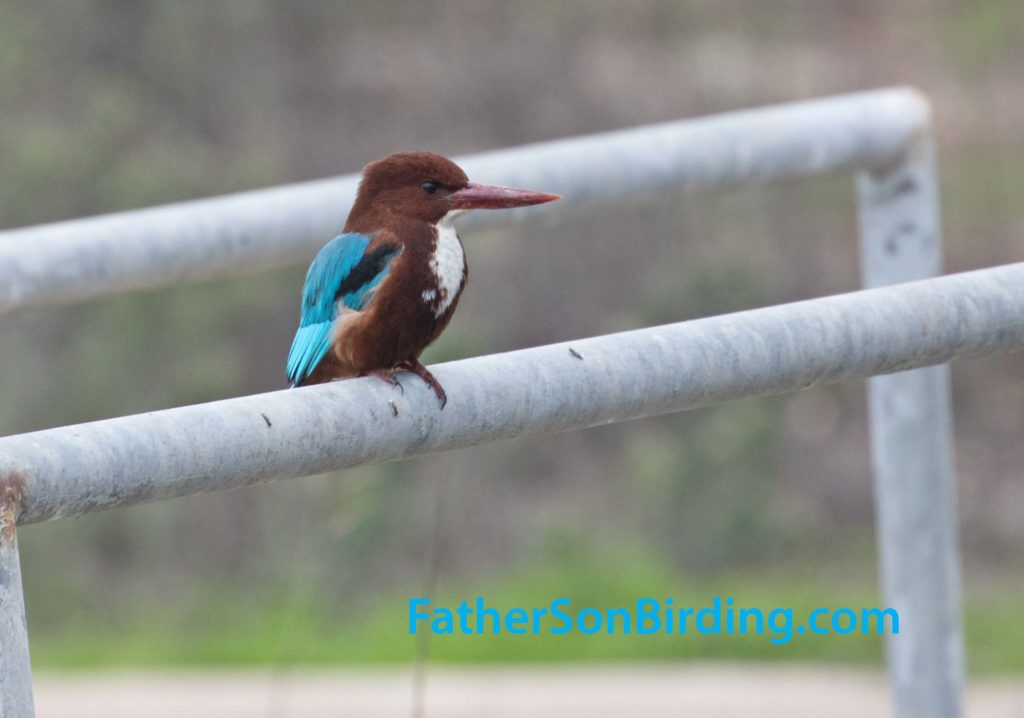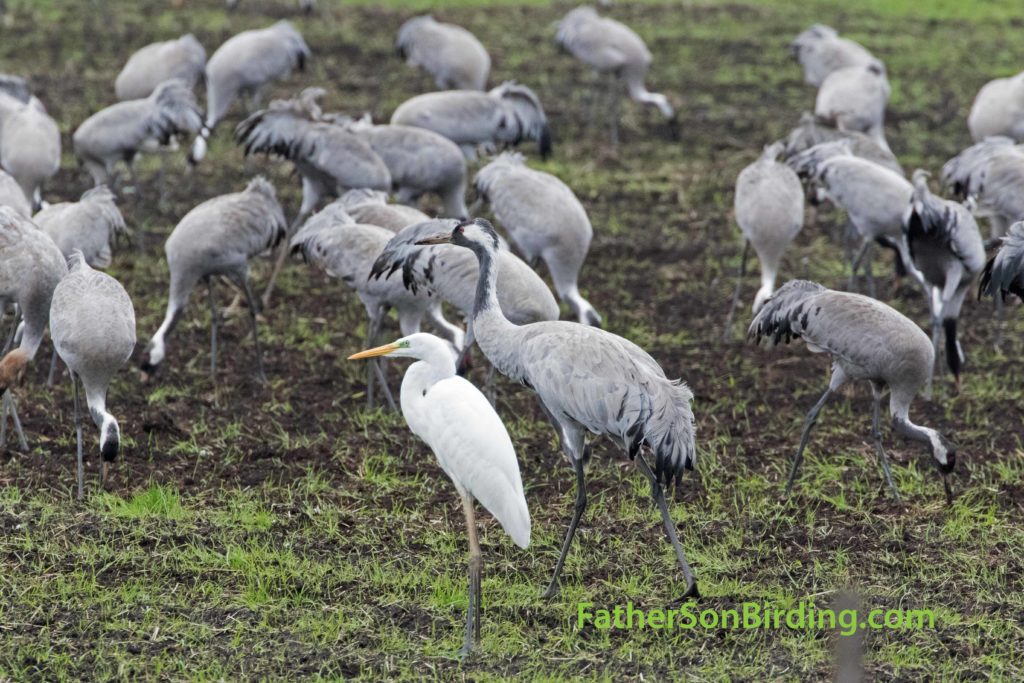Enjoy these posts? Please share with others and subscribe by filling out the boxes down in the right-hand sidebar.
After last week’s post on our visit to Camas National Wildlife Refuge (see Pocatello or Bust), I received a welcome call from Refuge Manager Brian Wehausen. I had left a message with him, wanting to learn more about the seemingly bleak situation at the refuge, and he generously shared half an hour with me explaining the water shortage and prospects for the future.
When the refuge was purchased in 1937, Brian began, local farmers were taking water from the nearby Henry’s Fork stream and surface irrigating their crops in such a way that loads of excess water “skipped down” to the refuge, creating ample ponds for birds and other wildlife. When farmers switched to sprinkler irrigation in the 1980s, that load of water ceased and the refuge began drying up. “Before agriculture,” Brian shared, “the refuge probably had good and bad years, but we don’t really have any way of knowing what it was like.” Even so, the current situation has been impacted by the drop in the aquifer due to overpumping by agricultural and other interests so that in bad years such as this, migrating birds meet mud instead of water on their way north.
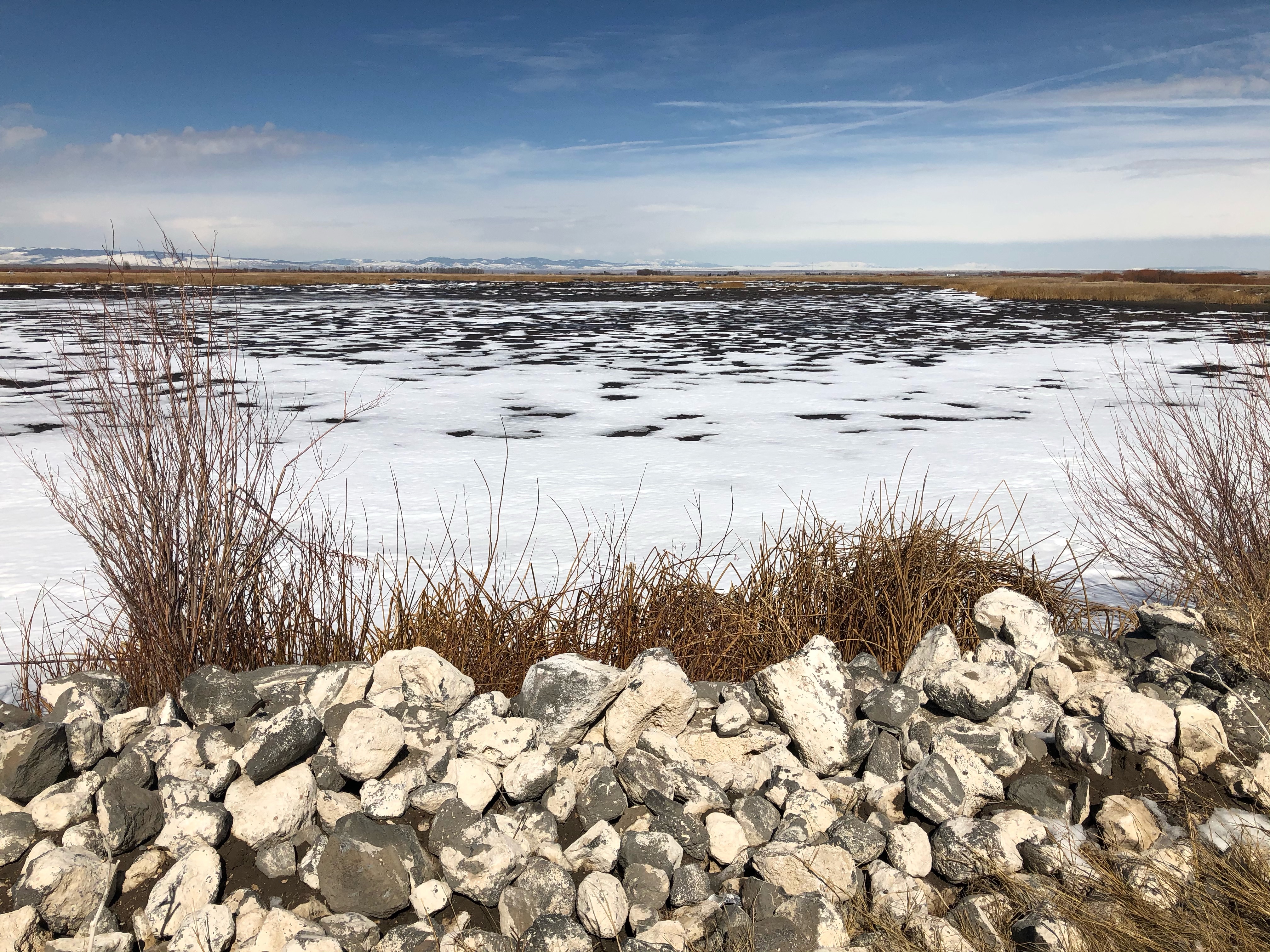
The good news is that the refuge recently received money from the Great American Outdoors Act to drill new wells that will put water into areas that they know retain it better. Brian doesn’t think they can return the refuge to what it was in its heyday in the 60s and 70s, but hopes to definitely improve the situation for waterfowl. “My whole goal,” he said, “is to be efficient with the surface water and also be efficient with the well water, and most of the water we pump will go right back into the aquifer.”
Unlike in some other places, the local community supports the refuge and agrees it’s worth keeping wet. “Generally, people love to see the birds,” Brian says. “We were a mecca for hunting in the 1970s, and that’s gone away, but people still come. Photography is our Number One use today.”
Before we hung up, I was curious what happens to the snow geese and other birds who arrive to find the refuge dry. Brian told me that when Camas is dry, Dillon (just over the border in southern Montana) also tends to be dry so most of the birds head straight up to Freezeout Lake (see our post A Real Wild Goose Chase)—which is where many birders are enjoying them as I write this. It sounds, though, that we’ll all be able to add Camas to our great birding hotspot lists in the very near future!

